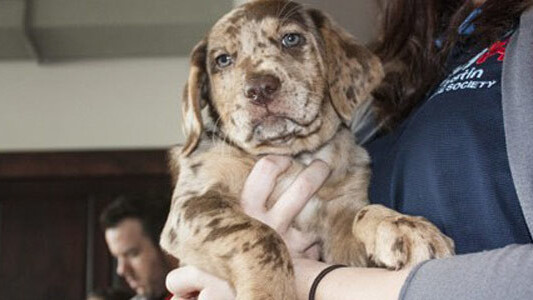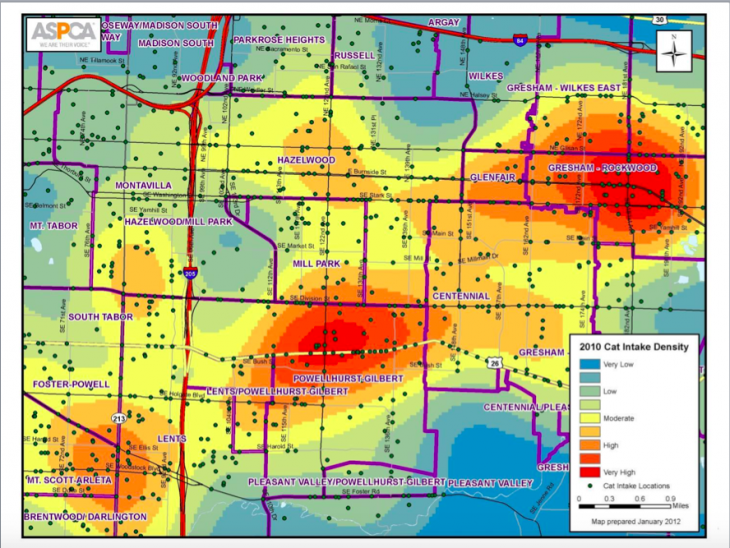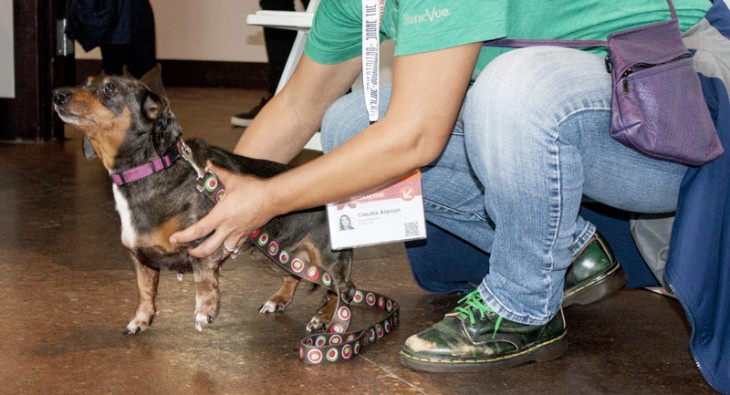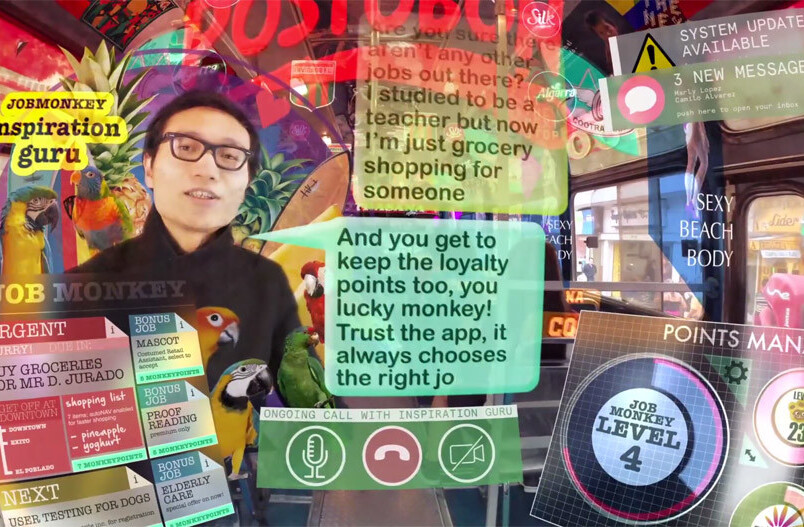
How can technology save homeless pets? The ASPCA, in an SXSW panel with a technical angle — GIS Mapping: Using Technology to Save the Lives of Dogs and Cats — demoed not only highly detailed and annotated maps of geographical hotspots where animals are in need, but the beneficiaries of all this effort.
The presentation backdrop was set with an adorable cast of homeless dogs and puppies from the Austin shelter for people to pet and hold and play with. The session was cheerful but the subject was not.
Approximately 7.6 million dogs and cats enter US shelters each year, according to the ASPCA, and some 2.7 million of them don’t make it out alive because they have nowhere to go. Geographic Information System (GIS) experts Meg Allison and Greg Miller were on hand to demo how this technology — already being used to analyze other geolocation trends — can be employed to save animal lives.
Allison and Miller found that financial issues were a huge problem and GIS techniques helped pinpoint which communities were in the most dire circumstances and why.
In some cases, geographical barriers got in the way of people caring for pets; in other cases the poverty level in the community was prohibitive; and still in others there were few vet or shelter services available in the neighborhoods where people were underserved by public transportation.
The researchers had multiple ways of gathering and analyzing the data: They looked at shelter intake by ZIP code and census block group, broke out animals by species to see where most cats or dogs were coming from, measured animal intake as compared with human population density and many other metrics.
Community information is highly variable, so GIS is proving helpful in sorting out what solutions are needed where.
From there, the researchers hope to develop effective techniques to reach such communities and help them keep the pets they have and cut down on shelter euthanasia rates.
The ASPCA is enlisting the public’s help in how it can use technology to save animals. If you have an idea, Meg Allison and Greg Miller want to hear from you.
Another animal focused session, run by PetSmart Charities, focused on cats. As we all know, the internet was invented by cats (using the US Department of Defense as a cover) and “CAT”astrophe: Good, Bad and Ugly of Internet Cats, while not as technical as the GIS panel, delved into some of the popular perceptions about cats that result in their homelessness and euthanasia.
Jackson Galaxy, host of Animal Planet’s My Cat From Hell and Bryan Kortis, program manager for PetSmart, tried to decipher why cats, despite their internet popularity, don’t get the same level of respect as dogs.
Both panelists noted the ironic juxtaposition between people’s obsession with cats, the stereotyping of both cats (arrogant, aloof) and their owners (crazy cat lady) and the massive star power of Lil Bub, Grumpy Cat and others.
Note that Grumpy Cat had her own little showcase at SXSW, as well.
Charts via ASPCA; photos by Jackie Dove
Get the TNW newsletter
Get the most important tech news in your inbox each week.








